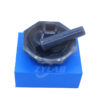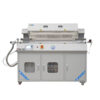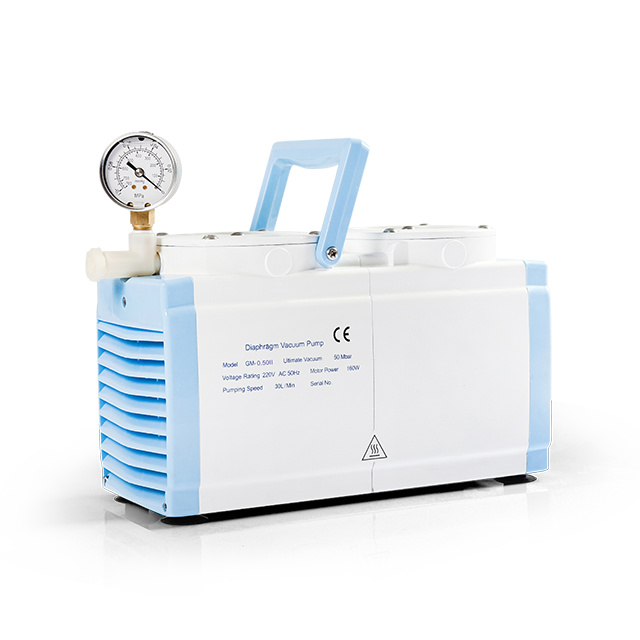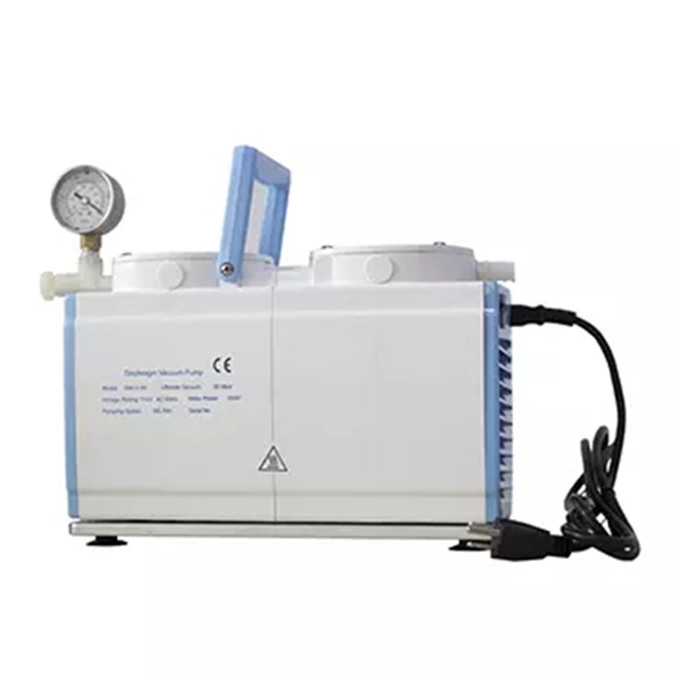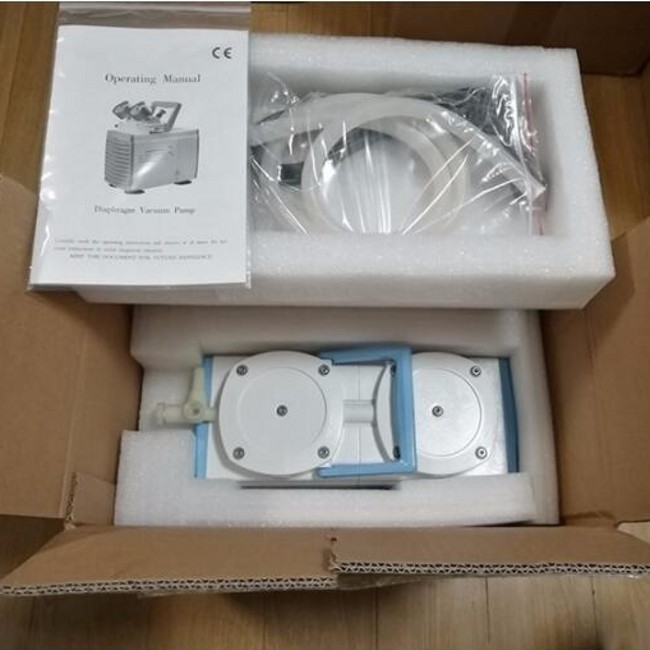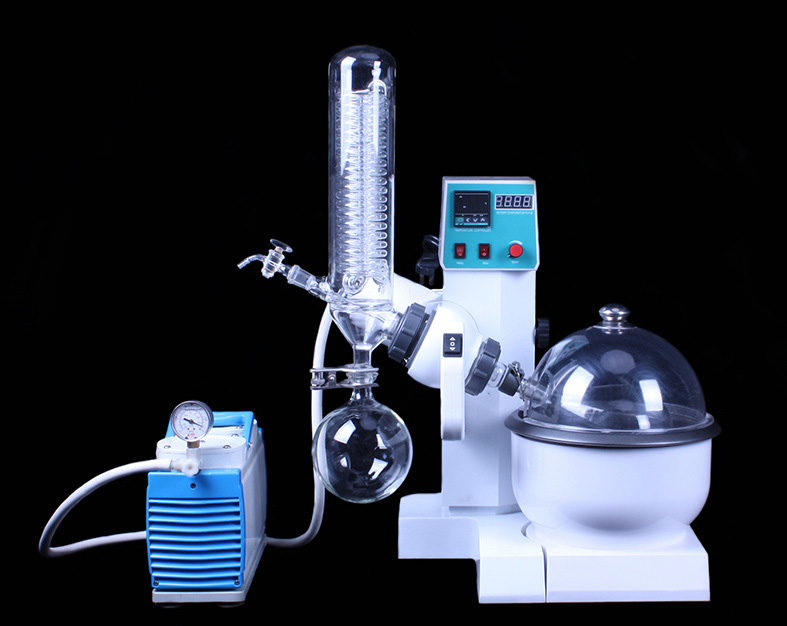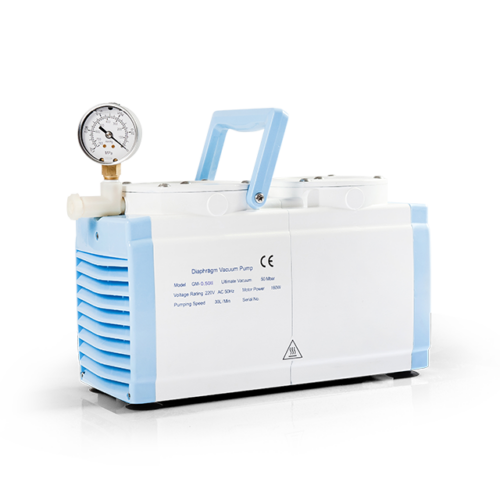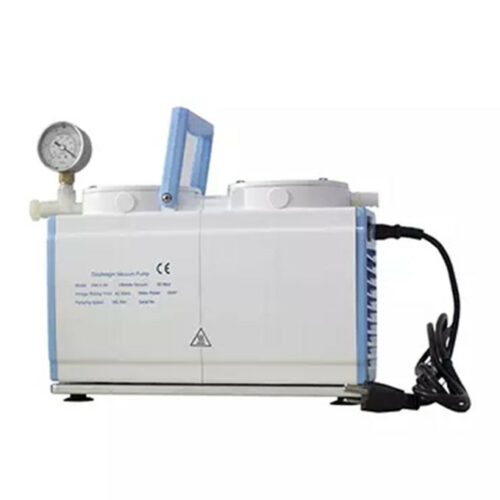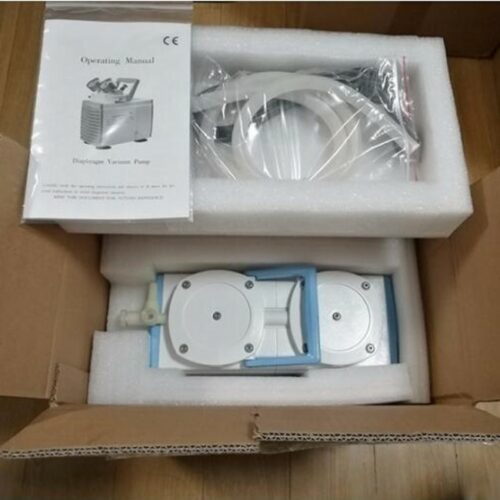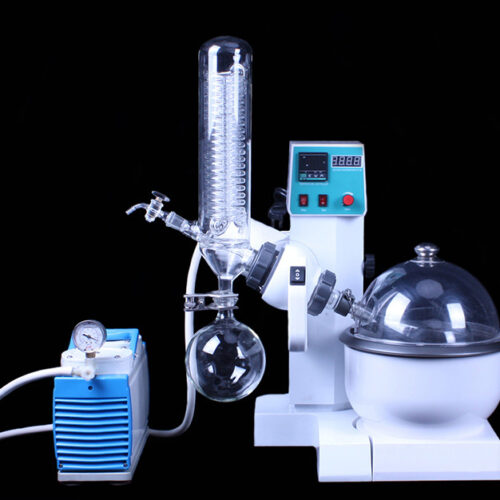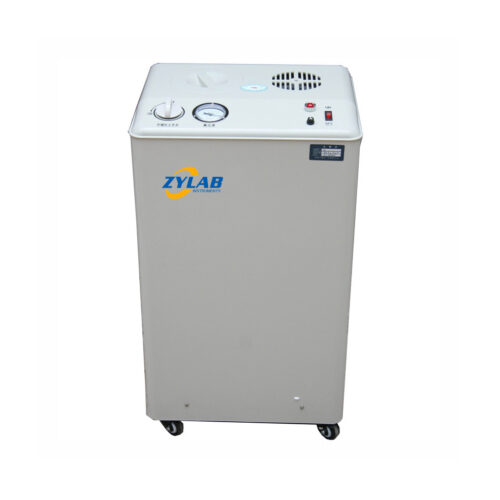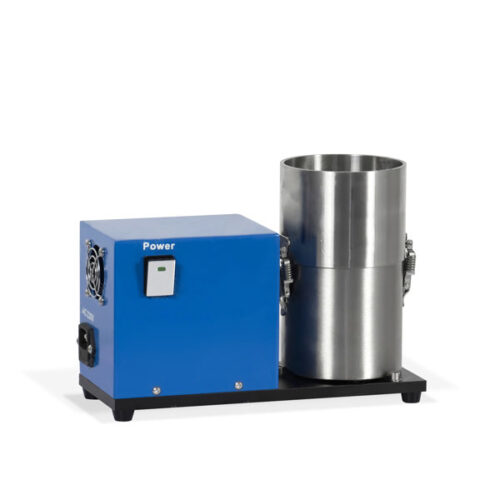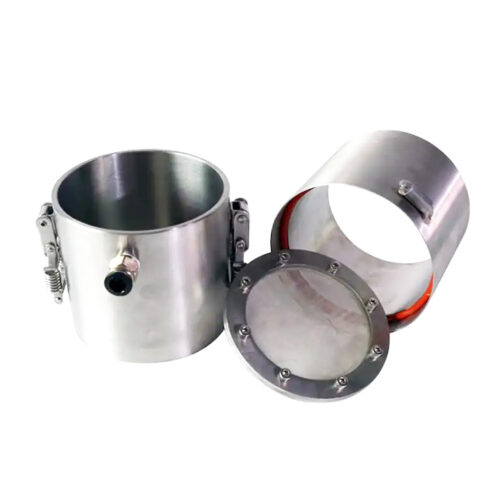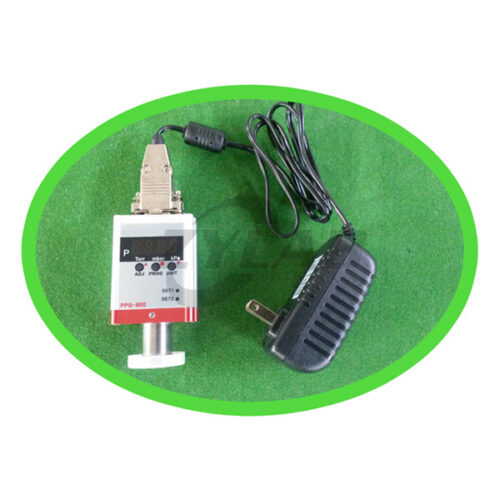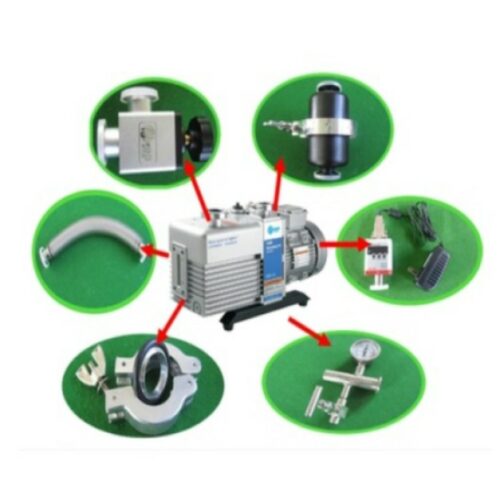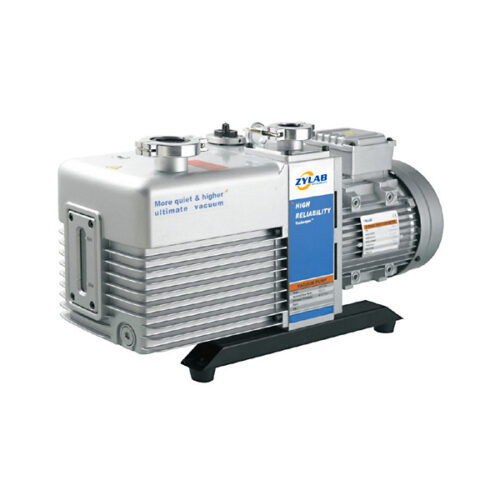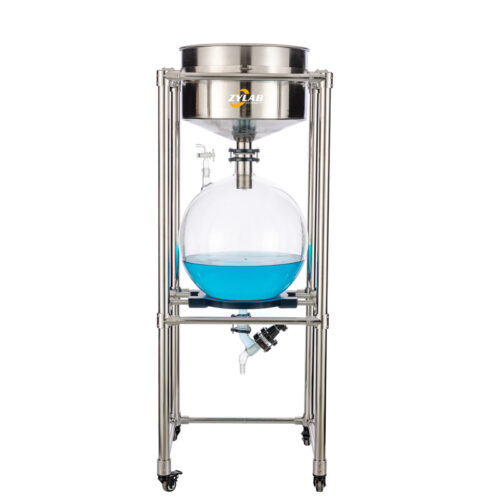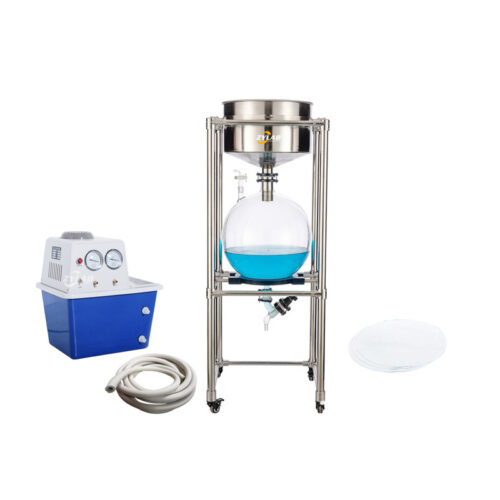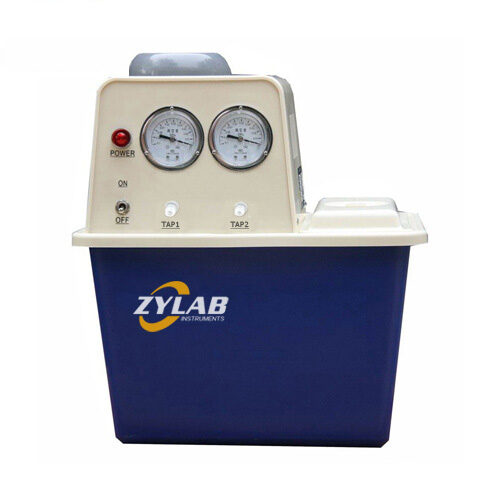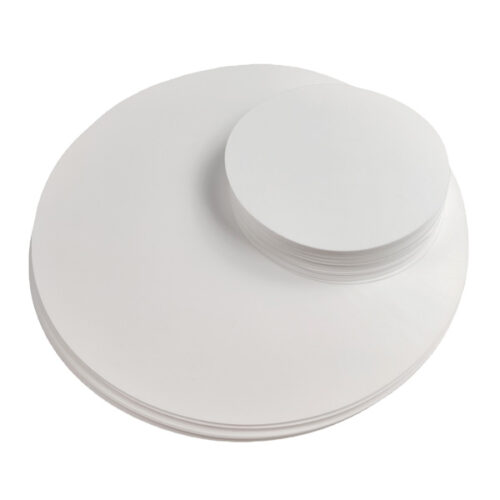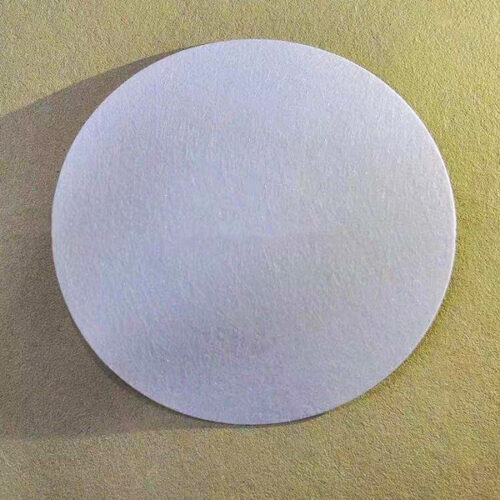GM-0.5II 0.095Mpa Diaphragm Vacuum Pump
Introduction:
Diaphragm vacuum pump provides vacuum conditions for evaporation, distillation, crystallization, drying, sublimation, and vacuum filtration, and can be used to extract all kinds of highly toxic, flammable and explosive, strong acids, strong alkalis.
Characters:
- It can replace circulating water vacuum pump and rotary vane vacuum pump without working medium, and there is no friction on the working part.
- Vacuum is stable, easy to control the vacuum degree, and can be adjusted according to experimental needs.
- All parts in contact with gas are made of PTFE material, which has strong resistance to chemical corrosion.
- Designed with self-cooling exhaust system, which can run continuously for 24 hours.
- The valve plate adopts imported high quality materials.
- The motor is provided by well-known motor manufacturer.
- The transmission mechanism has a reasonable design and reliable operation.
- Small size, light weight, easy to move, save space.
Technical Data:
| Model | GM-0.5II |
| Pumping speed | 30 L/Min |
| Ultimate Pressure | ≥0.095Mpa |
| Vacuum pressure | 50mbar |
| Inlet | φ6mm silencer |
| Pump Head | 2 |
| Motor Power | 160W |
| Working Temp | 7-40 ℃ |
| Temp of the body | <55℃ |
| Noise Level | <60DB |
| Voltage | 110V/220V/230V/240V |
| Dimensions | 350*130*220mm |
| Packing Dimensions | 380×220×330mm |
| Gross Weight | 10Kg |
Benefits:
Diaphragm vacuum pumps offer several benefits in various applications. Here are some of the advantages:
1. Oil-Free Operation
Diaphragm vacuum pumps are designed to operate without the need for lubricating oil. This eliminates the risk of oil contamination, making them suitable for applications where a clean and oil-free environment is required. It is particularly important in industries such as pharmaceuticals, food processing, and electronics manufacturing, where oil contamination can be detrimental.
2. Quiet and Vibration-Free
Diaphragm pumps are known for their quiet operation and low vibration levels. This makes them suitable for environments where noise and vibrations need to be minimized, such as laboratories, research facilities, and medical settings.
3. Easy Maintenance
Diaphragm pumps are relatively simple in design and have fewer moving parts compared to some other types of vacuum pumps. This makes them easier to maintain and service. They often require less frequent maintenance intervals and have lower maintenance costs compared to pumps that rely on lubricating oil.
4. Compact and Portable
Diaphragm vacuum pumps are generally compact and lightweight, making them portable and easy to move around. This feature is beneficial in applications where mobility is required, such as field sampling, on-site analysis, or portable equipment setups.
5. Controllable Vacuum Levels
Diaphragm pumps allow for precise control over the vacuum level. The pumping speed can be adjusted according to the specific requirements of the application. This control is particularly useful in applications such as vacuum filtration, where maintaining a specific level of vacuum is essential.
6. Chemical Resistance
Diaphragm pumps are available in different materials, including chemically resistant variants. This allows them to handle corrosive gases and vapors, expanding their range of applications in chemical processing and laboratory settings.
7. Energy Efficient
Diaphragm pumps generally consume less energy compared to other vacuum pump types, making them more energy-efficient. This can result in cost savings over the long term, especially in applications that require continuous or frequent pump operation.
Applications:
Diaphragm vacuum pumps are versatile and find application in various industries and processes. Here are some common applications where diaphragm vacuum pumps are used:
1. Laboratories
Extensively used in laboratories for a wide range of applications, including filtration, degassing, solvent evaporation, vacuum drying, sample preparation, vacuum ovens, and rotary evaporators. Their oil-free operation and precise control over vacuum levels make them ideal for sensitive laboratory processes.
2. Medical and Healthcare
Utilized in medical devices and healthcare applications. They are commonly used in dental suction units, vacuum aspirators, wound drainage systems, vacuum sealing for wound healing, and various diagnostic instruments.
3. Analytical Instruments
In analytical instruments such as gas chromatographs, mass spectrometers, vacuum-based sample concentrators, and vacuum filtration systems. These pumps provide a reliable vacuum source for sample analysis and preparation in analytical laboratories.
4. Environmental Monitoring
In environmental monitoring and sampling devices. They are used in air monitoring stations, gas analyzers, pollution monitoring equipment, and air sampling devices. The pumps aid in drawing samples and creating a vacuum for analysis or measurement purposes.
FAQ:
Q1: Is the pump noisy?
A1: Compared to some other types of vacuum pumps, diaphragm vacuum pumps are generally known for their quiet operation. They produce lower noise levels and vibrations, making them suitable for applications where noise reduction is important, such as laboratory or medical settings.
Q2: Can a diaphragm vacuum pump be operated continuously?
A2: Yes, it can be operated continuously.

